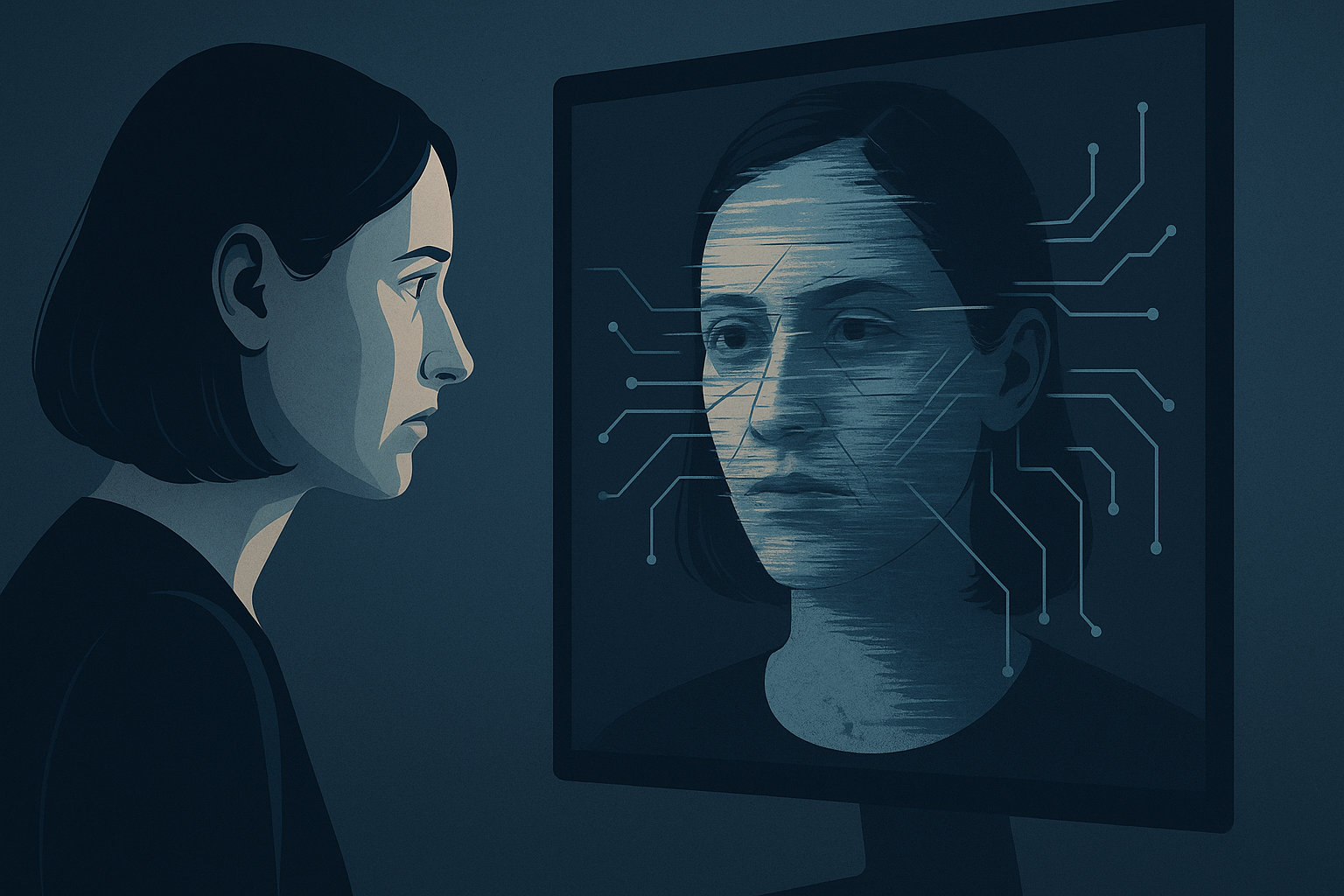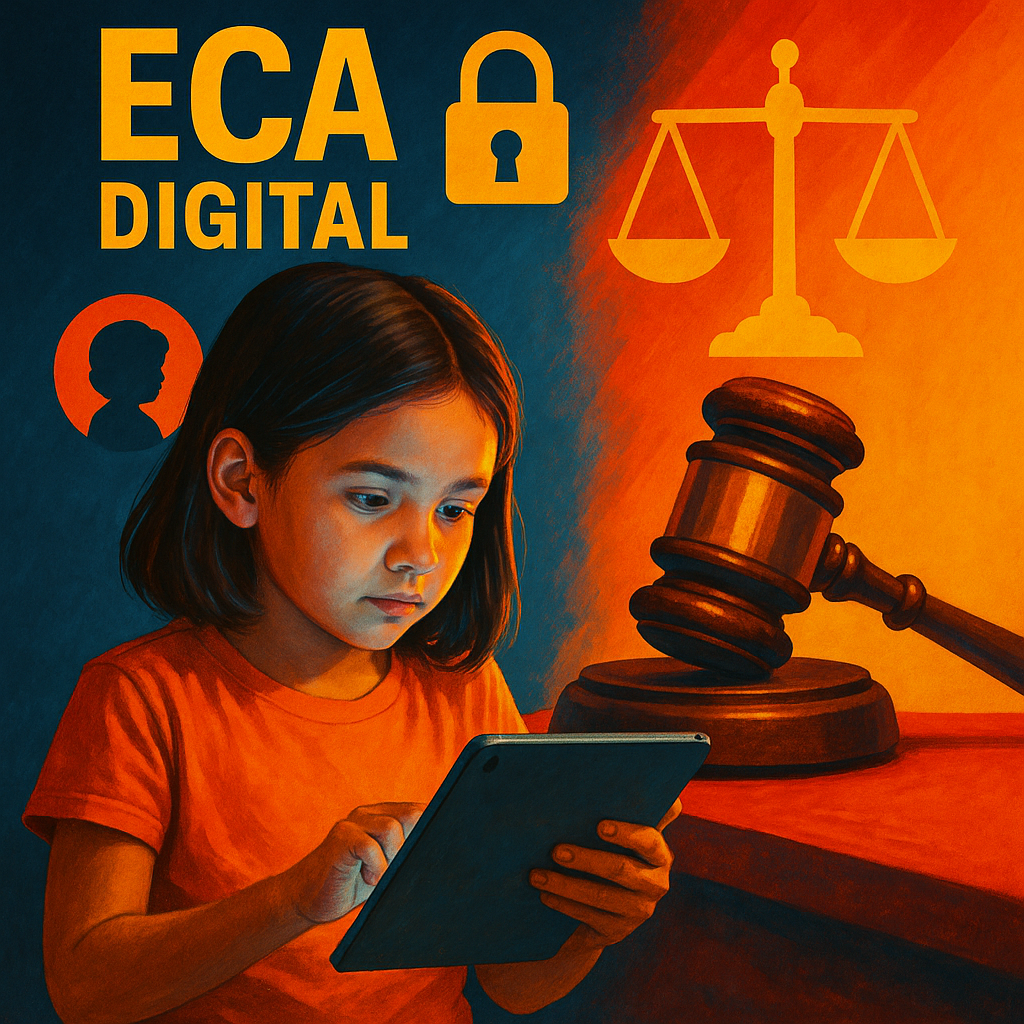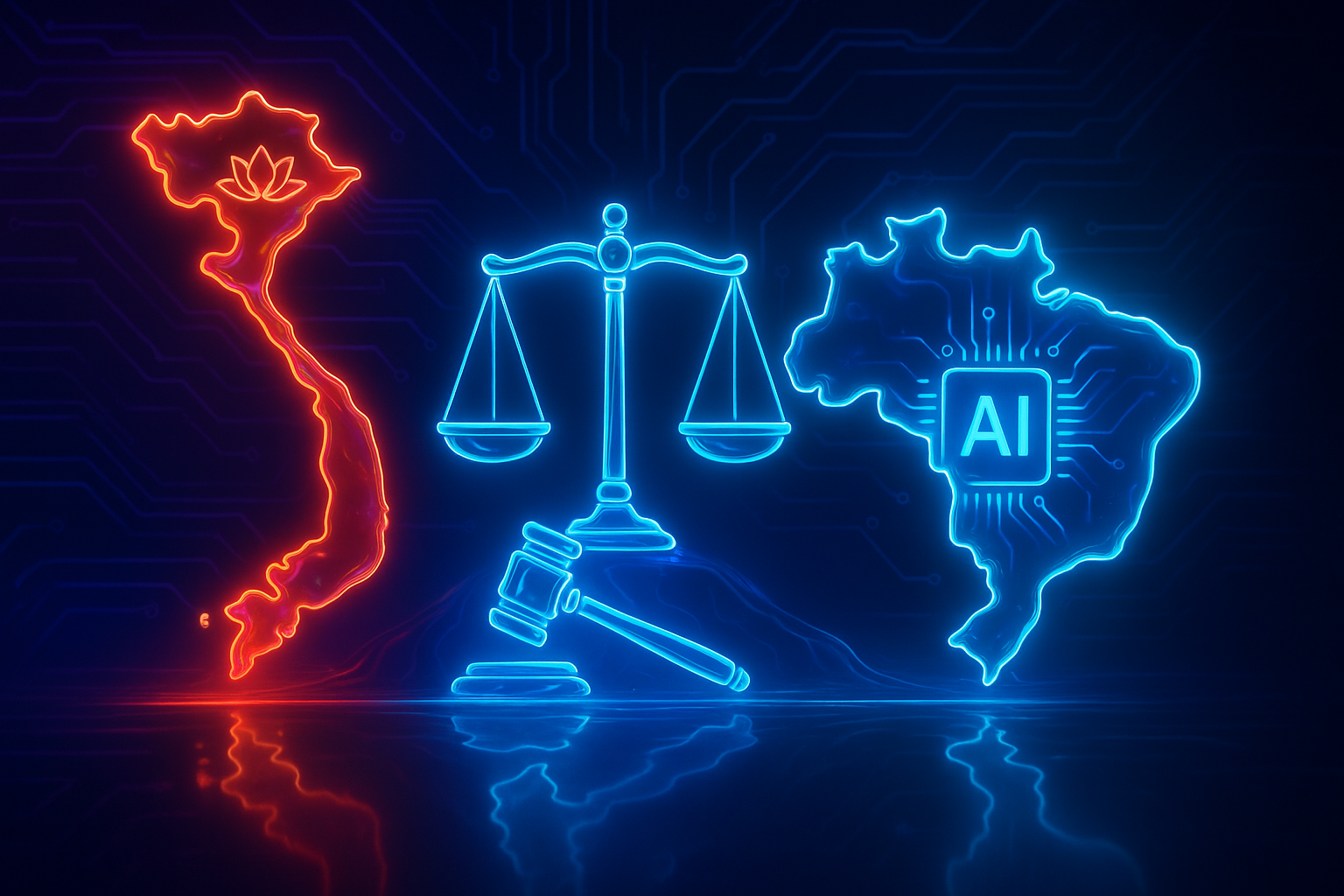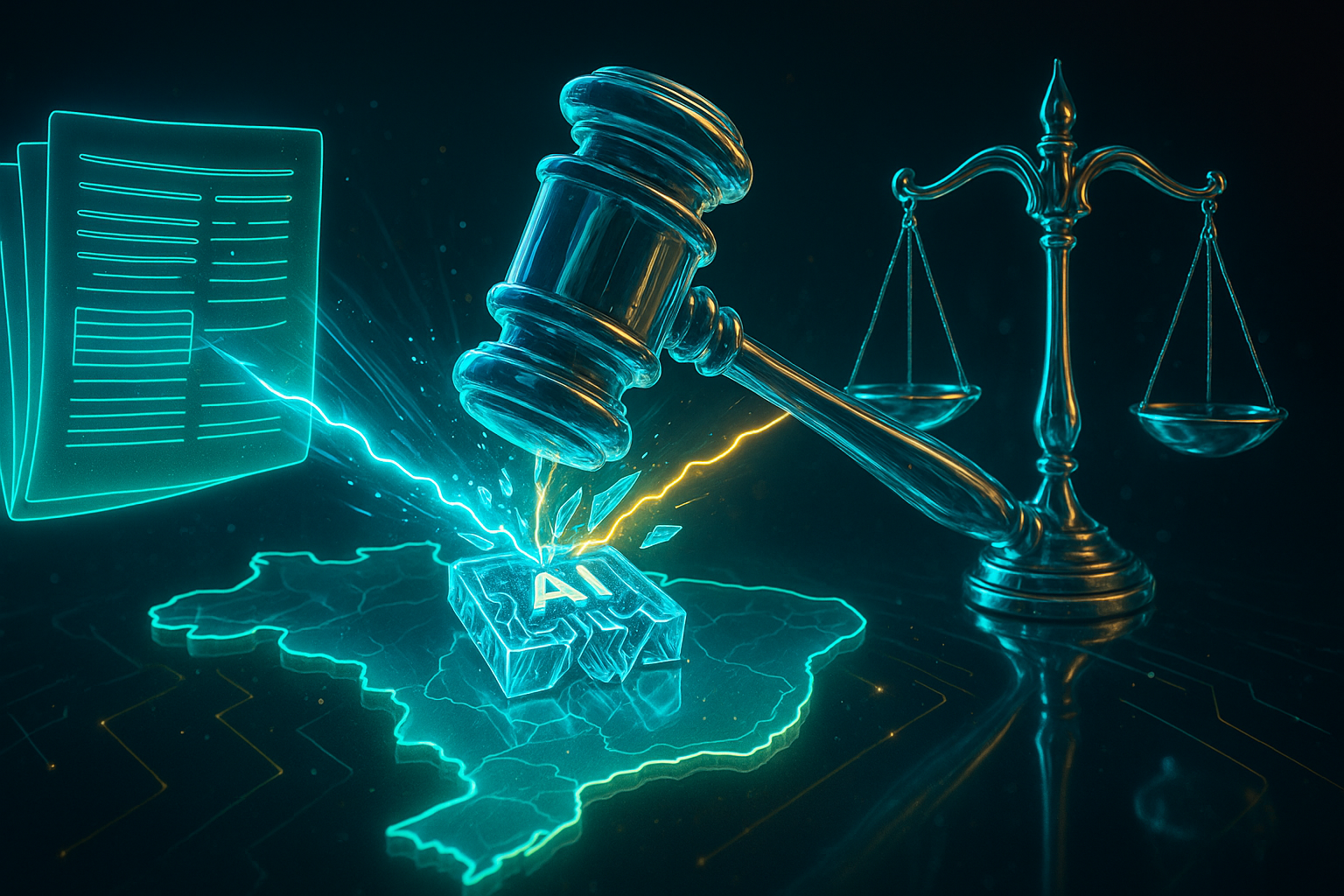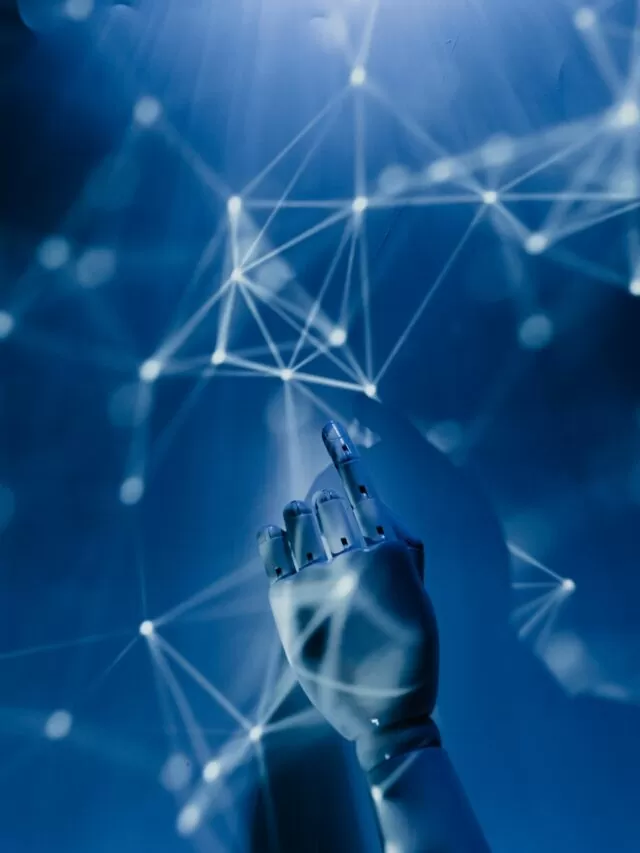Law No. 15,123/2025, Brazil created cause for increased sentence in psychological violence against women when the crime is committed with AI or technological resources that alter image/voice. It is a legal step that connects criminal law, technological evidence and algorithmic liability, and which demands new routines for legal practice. Artificial intelligence has become the invisible "grammar" of our age—and with it, sophisticated ways of violating dignity have emerged: when a face, a voice, or an image are fabricated to humiliate. With
What exactly has changed in the law
Text and scope. Law 15.123/2025 changed the art. 147-B of the Penal Code to aggravate in half the penalty (imprisonment of 6 months to 2 years and a fine) when psychological violence against women is practiced with IA or any technological resource that changes image or sound of the victim (e.g.: deepfakes).
Legislative motivation. The sanction was highlighted by the Executive and Congress as a response to the escalation of digital humiliation and coercion through synthetic content (audio, image and video).
In summary: if psychological aggression uses AI to manufacture/alter the victim's media, the penalty increases. The qualifier applies on the crime of art. 147-B, does not create an autonomous criminal type.
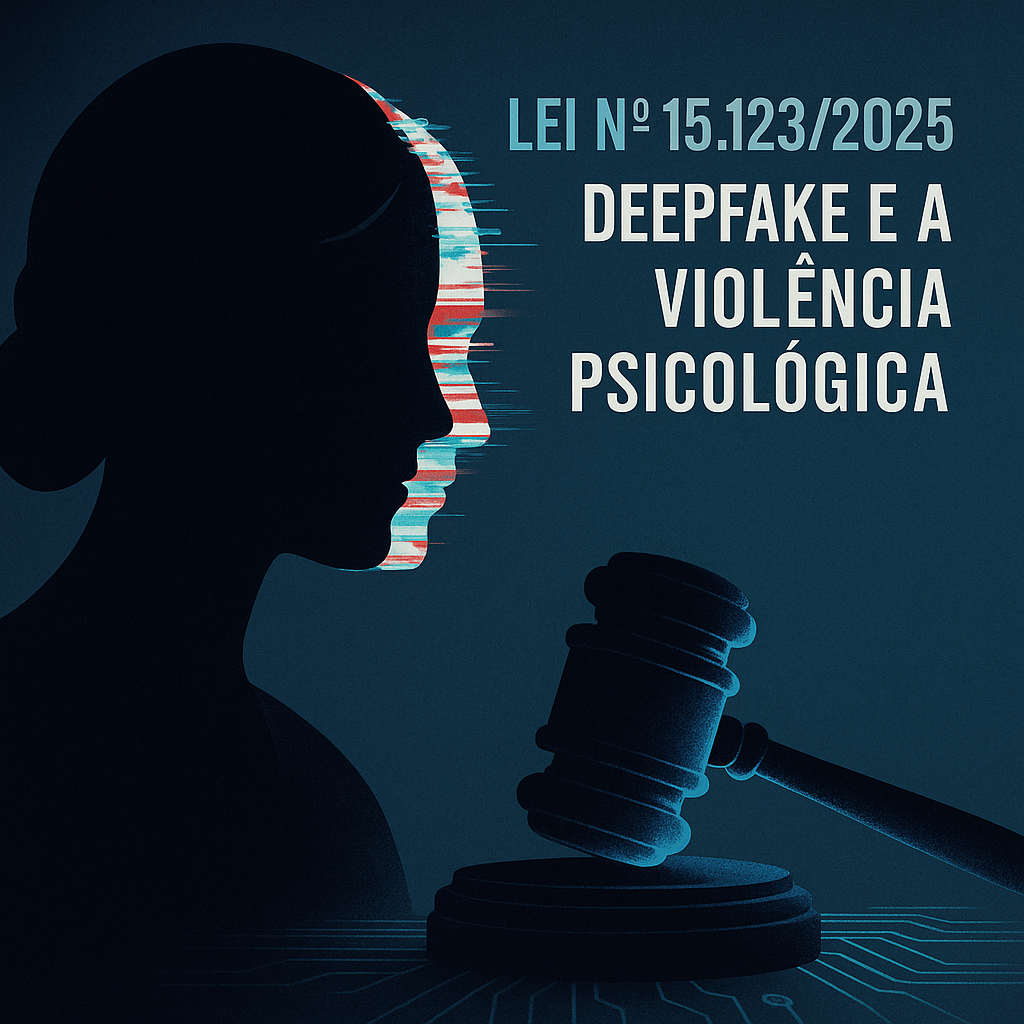
Intersection with Digital Law and LGPD
Personal data and synthetic content. The production of deepfakes often involves collection and processing of personal data (images, voice), attracting the regime of LGPD (legal bases, purpose, security). In this context, controllers and operators can answer civil-administratively for illicit treatment, independently from the criminal sphere. (See also sectoral privacy/AI analyses that contextualize risks and good practices).
Chain accountability. In addition to the material author of deepfake, the responsibility of platforms (hosting/sharing) — especially when there is failure to comply with moderation duties and court orders. Interpretation must preserve the freedom of expression and due process for removals, but without shielding repeated abuses.
Evidence, expertise and digital chain of custody
Forensic challenges. The distinction between authentic media and synthetic media requires specialized expertise (analysis of compression inconsistencies, generation artifacts, origin/metadata verification). The party's actions should prioritize:
- Immediate preservation of evidence (hashing, mirroring, notarial deed when applicable);
- Chain of custody rigorous to avoid contamination;
- Technical requests clear (logs, IPs, tracking tools) and judicial cooperation internationally, when necessary.
Technical contradiction. The expert must explain methods and limitations (false positive/negative), allowing counterproof. In complex cases, a technical hearing is recommended to clarifications.
Practical strategies for advocacy (criminal and civil)
Urgent protection and precautionary measures. In deepfake exposure/blackmail scenarios, ask immediate removal, wide takedown (including derivatives/mirrors) and indexing block. Evaluate astreintes and orders not to do targeted at repeat offender accounts.
Early production of evidence. When there is a risk of losing digital evidence, use early production to preserve records (headers, timestamps, upload logs).
Civil reparation. Plead moral damages and, when applicable, material damage (e.g. loss of contracts), with liquidation by arbitration. In serious cases, lost profits or losses and damages can be demonstrated by economic expertise.
Criminal + Digital. In the criminal sphere, articulate the qualifying factor of art. 147-B (with the cause of increase of Law 15.123/2025), combine with measures of Maria da Penha Law (if there is a domestic/family relationship) and, where applicable, protective measures (e.g., electronic monitoring of the aggressor, recently reinforced by related law).
Regulatory Radar and Trends (Why It Matters Now)
International context of AI and media. Regulations and disputes over AI-generated content are on the rise. Recent example: Italian publishers activated the Agcom against the AI Overviews from Google for alleged adverse impact on traffic and media diversity, including articulating frameworks in DSA — a symptom of the tension between AI systems and information market. For the Brazilian lawyer, this anticipates local debates about responsibility, transparency and competition.
Brazilian timeline. In addition to Law 15.123/2025, federal agencies have been announcing public policies linked to the protection of children and adolescents and digital education, which tends to increase due diligence obligations for platforms and strengthen the criminal prosecution in digital crimes.
Operational checklist (to use in your case)
- Map the psychological damage (medical/psychological evidence, reports, history of coercion).
- Collect and preserve the media and metadata (hash, headers, URLs, logs).
- Request injunctions of removal and deindexation with astreintes.
- Request specialized expertise (deepfake detection methods; documented limitations).
- Articulate the cause of the increase of art. 147-B (Law 15,123/2025) and protective measures applicable.
- Assess civil damages (moral, material, lost profits) and the LGPD for civil/administrative liability.
- The Meta Wall: Banning ChatGPT to Crown 'Meta AI' on WhatsApp
- Digital ECA and the New Legal Architecture for Minors in the Digital Environment: A Complete Guide
- Artificial Intelligence Regulation in Vietnam: A Mirror for Brazil's Challenges
- Folha vs. OpenAI: The Battle for Copyright in the Age of AI Comes to Brazil
- Law 15.123/2025 and deepfake: a new milestone in psychological violence with AI
